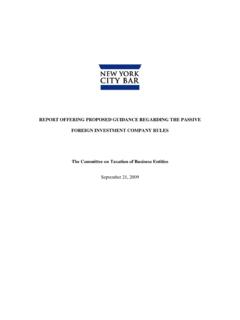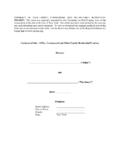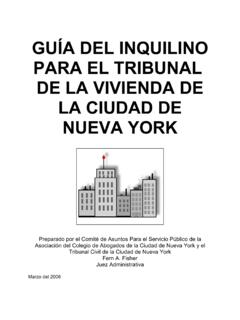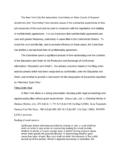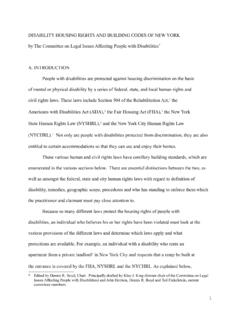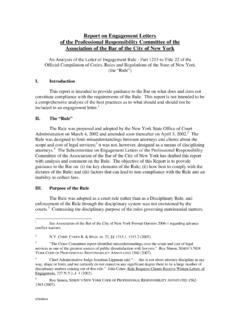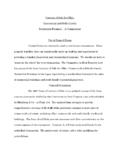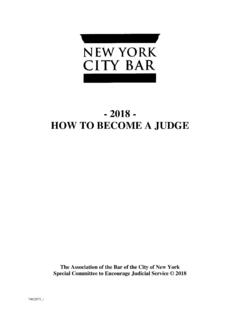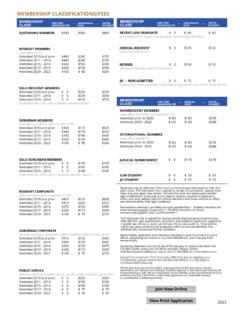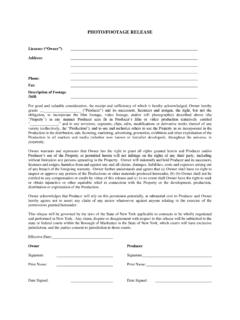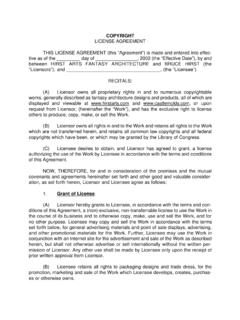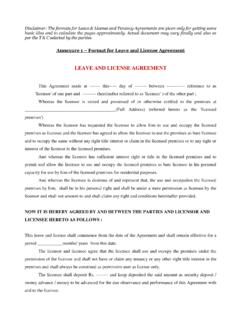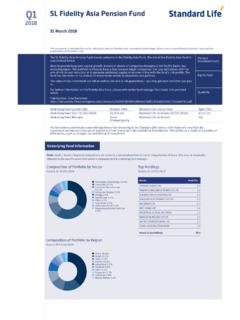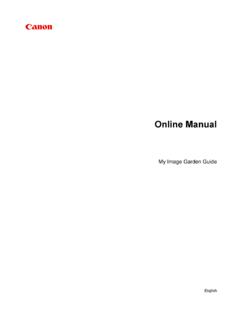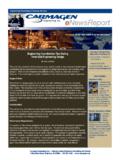Transcription of Purchase and Sale of Intelectual Prpoerty Assets in …
1 2012665v7 Purchase and Sale of Intellectual property In Bankruptcy Cases The Association of the Bar of the City of New York Committee on Bankruptcy and Corporate Reorganization This report addresses the Purchase and sale of intellectual property in a bankruptcy case from the perspective of the potential purchaser. A hypothetical set of facts has been created to highlight many of the hurdles and potential pitfalls that parties may face in attempting to Purchase and sell such Assets in a bankruptcy case. The report also poses the question as to whether Section 365(c) of the Bankruptcy Code should be amended to eliminate uncertainty for parties generated by inconsistent court rulings with respect to assumption of a nonexclusive license by a debtor licensee.
2 Introduction When purchasing intellectual property from a bankruptcy estate, a purchaser needs to know what it is acquiring. Intellectual property such as trademarks, trade names, patents, copyrights and domain names may be treated differently in a bankruptcy case and the debtor may not have unfettered authority to sell certain types of intellectual property . Further, a purchaser needs to know whether the intellectual property to be acquired is owned by the debtor or is licensed to the debtor and, if licensed, whether the license is exclusive or Intellectual property Defined What is intellectual property ? Intellectual property is a legally protected interest in a concept that is reflected in restrictions on the exploitation of the creation.
3 Intellectual property rights are generally transferable either by assignment or license. There are several categories of intellectual property , which include patents, copyrights, trademarks, trade secrecy and domain names. Section 101(35A) of the Bankruptcy Code defines intellectual property as (A) trade secret; (B) invention, process, design or plant under title 35 (patent); (C) patent application; (D) plant variety; (E) work of authorship protected under title 17 (copyright); or (F) (semi conductor chip) mask work protected under chapter 9 of title 17, to the extent protected by applicable nonbankruptcy law. The bankruptcy definition of intellectual property does not include 1 While an intellectual property license may be identified as an exclusive license, because there are many facets to the rights covered by a particular copyright or patent, the actual terms of the license should be carefully reviewed to determine whether the licensee has been granted all of the rights under the particular copyright or patent.
4 For example, a licensee may be granted an exclusive license to exploit a patent to make, use or sell a particular device, but if the patent covers other devices, the licensor may have retained rights such that the licensee does not have the right to utilize all of the possible rights available. 2 Trademarks were likely excluded from the definition of intellectual property because trademarks require continuing quality control by the licensor in order to retain its continued rights, unlike copyrights and patents where there is no continuing quality control obligation. Hence, imposing such quality control on a debtor trademark licensor under Section 365(n) of the Bankruptcy Code is arguably contrary to one of the fundamental aspects of rejecting executory contracts ( , to relieve a debtor from burdensome ongoing obligations).
5 See, Steven M. 2 2012665v7 Patent A patent is a legal monopoly on the exploitation of an invention, granted by the government for a limited period of time in exchange for public disclosure and eventual unrestricted public use of the invention. During the term of the patent, the owner may prevent others from making, using or selling the invention. The subject matter of patents may include (i) a new and non-obvious process, machine, manufactured item or composition of matter (utility patent), (ii) a new and non-obvious ornamental design for a manufactured article (design patent), or (iii) a new and distinct variety of plant which is invented or discovered and asexually reproduced (plant patent).
6 Patent rights are territorial and granted by a national government in response to an application by the individual inventor(s) or, in some countries but not the , by the company employing the inventor(s). The application must be filed before the invention is publicly disclosed or (in the but not all other countries) within a limited time after public disclosure. Foreign applications based on an application in the inventor s home country must be filed within one year of the home country filing date to claim the benefit of the home country filing date. Patent rights do not exist until an application has been approved and granted. The use of the phrase patent pending means only that an application has been filed (somewhere).
7 Unless and until the patent application is granted, the invention may be copied without liability, but if the coping continues after the patent issues, the copier would be liable for patent infringement. The term of utility patents applied for since June 8, 1995, is 20 years from the date of application. (Previously, the term was 17 years from the date of issue.) The term of design patents is 14 years from the date of issue. Copyright A copyright is the right to control the copying of original creative works or derivations thereof. The subject matter of a copyright may include the original and creative expression of an idea in tangible form (writing, photograph, recording, film, musical notation, source code, art, sculpture, and so forth).
8 A copyright, however, does not protect the idea itself. Others are free to paraphrase the idea or to create their own expressions of the idea. A copyright comes into effect automatically upon creation of a copyrightable work. The Berne Copyright Convention, to which the is a party, provides protection of copyright in nearly every country. No registration, publication or formal notice is required to create the copyright, but copyright owners should routinely include a copyright notice, , 2001 by [Owner], to avail themselves of important procedural rights against potential infringers. copyright owners must register their copyrights as a prerequisite to filing suit for infringement.
9 The owner of a copyright is generally the individual(s) who created the work but, in the , rights in a copyrightable work created by an employee in the scope of employment belong automatically to the employer, under the work-for-hire doctrine. Work-for-hire does not apply to independent contractors, who often must assign or license the rights to the contracting party. Abramowitz, Protecting Intellectual property Assets in Bankruptcy, Issues Relating to Bankruptcy of Licensor and Licensee, ASSOCIATION OF THE BAR OF THE CITY OF NEW YORK, June 4, 2002.
10 3 2012665v7 The term of copyright for works created after January 1, 1978 is the life of the author plus 70 years. If under the work-for-hire doctrine, the author is a corporation or other legal entity, the term is the shorter of 95 years from the date of publication or 125 years from the date of creation. Trademark A trademark is sometimes called industrial property and is a right to keep others from appropriating a distinctive commercial identity. The subject matter of a trademark may include a distinctive symbol (word, name, symbol, logo, slogan, sound, smell, trade dress, product shape) used to associate goods or services with a particular source.
